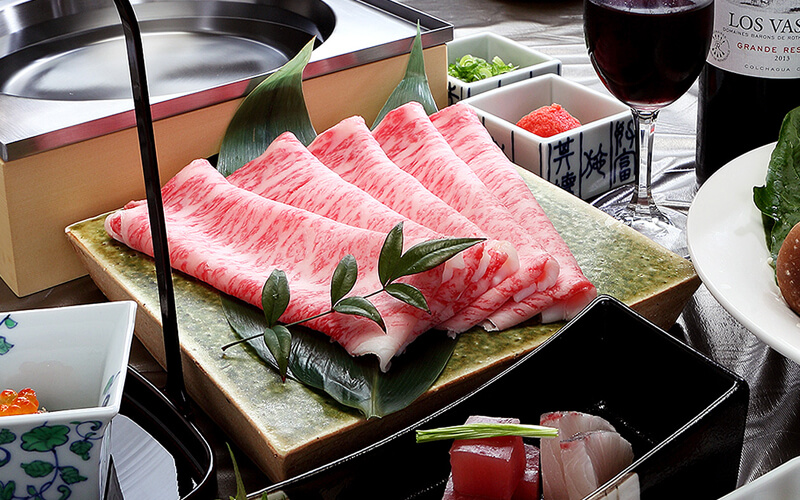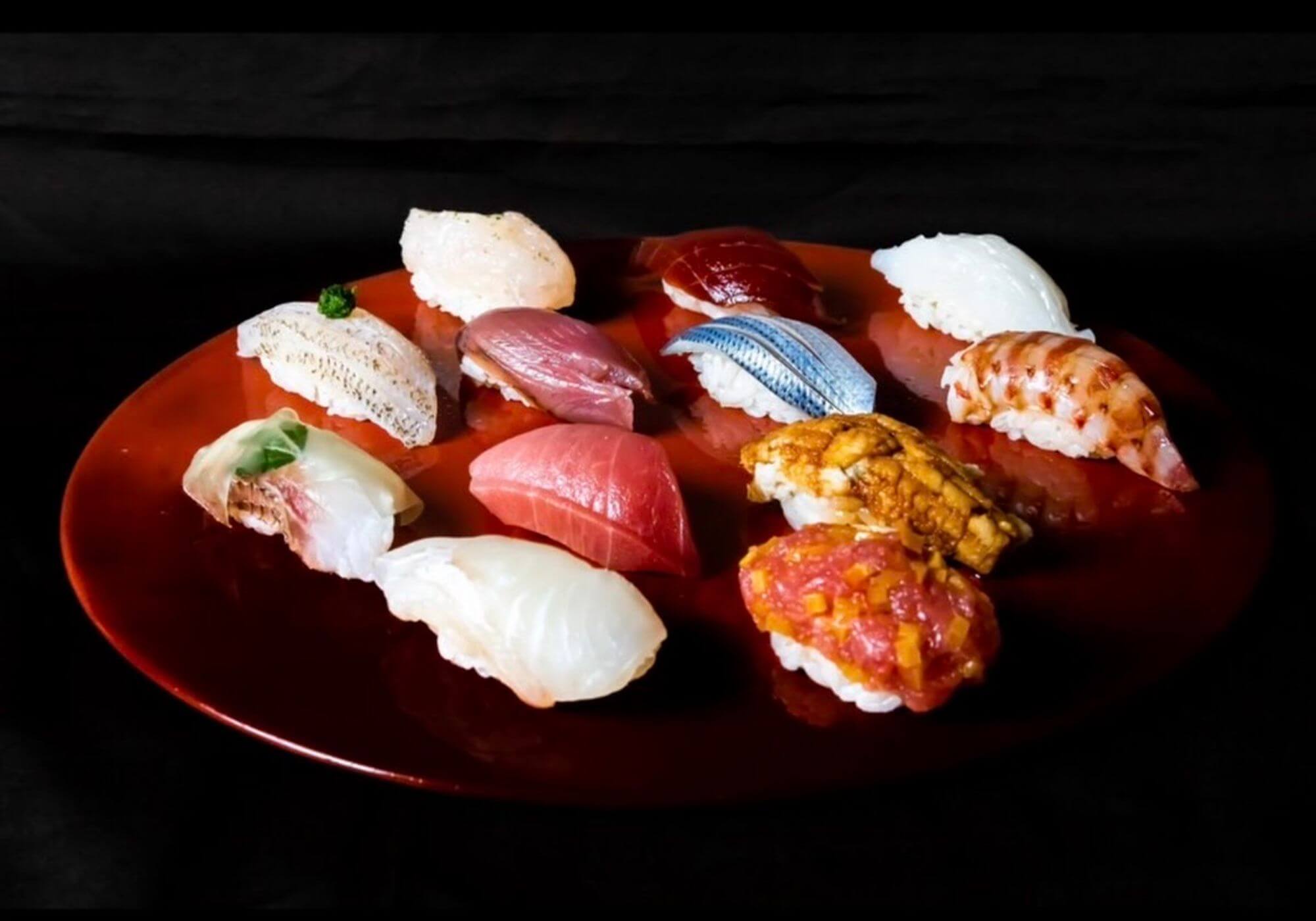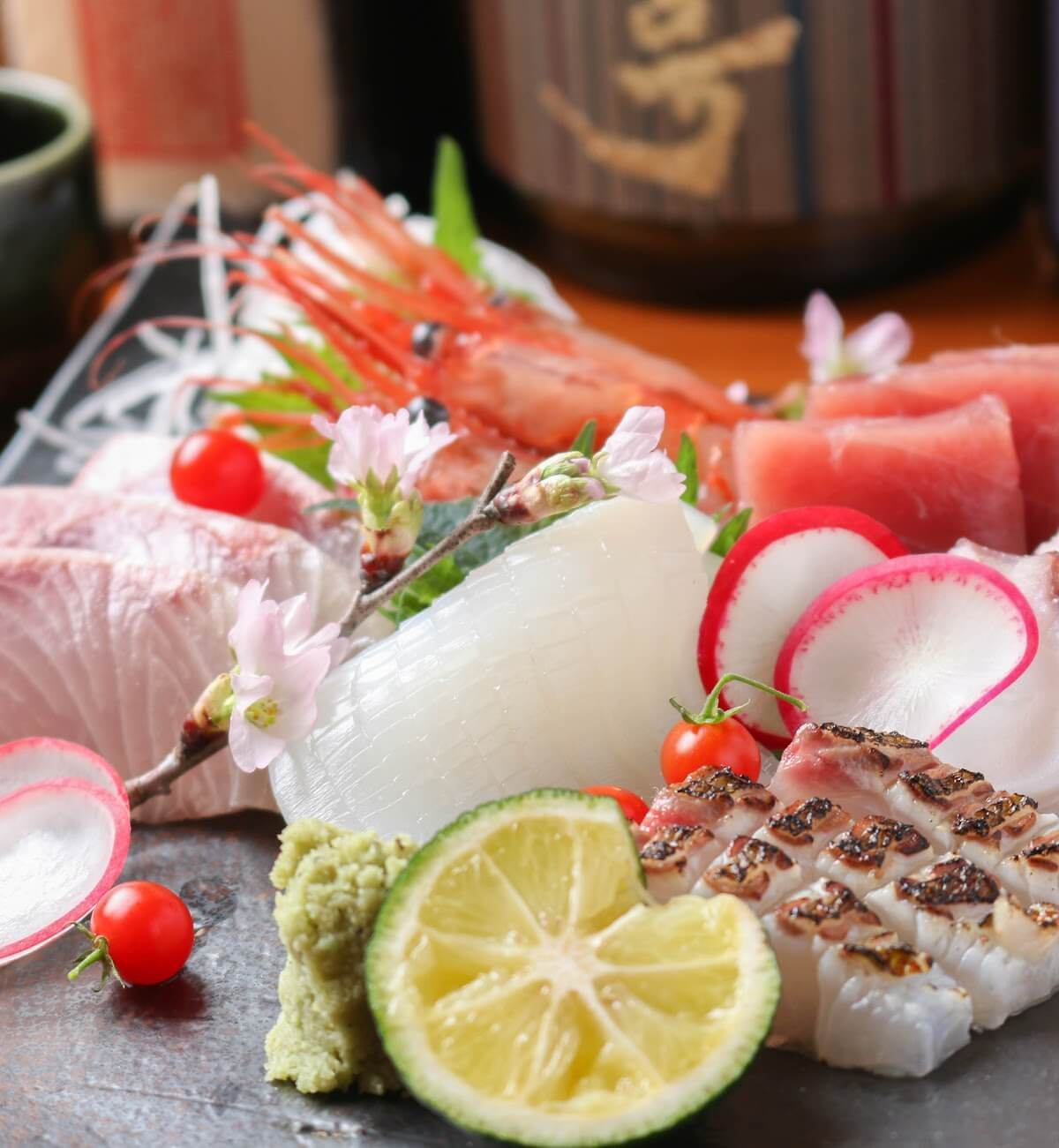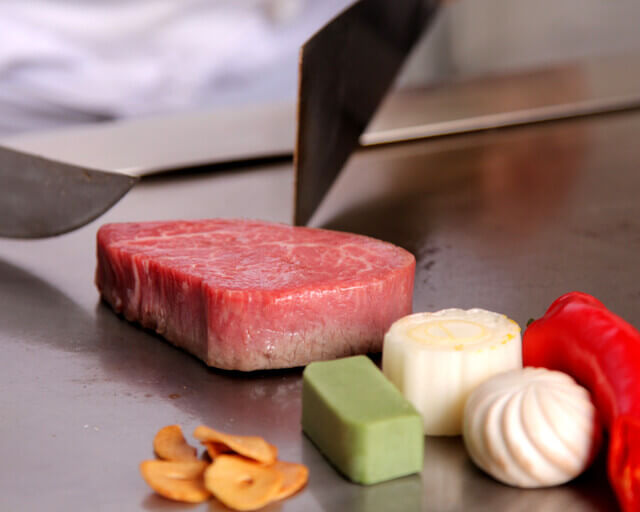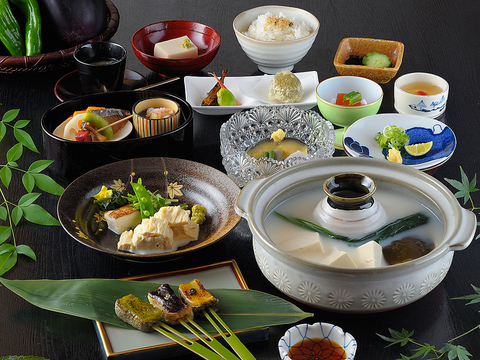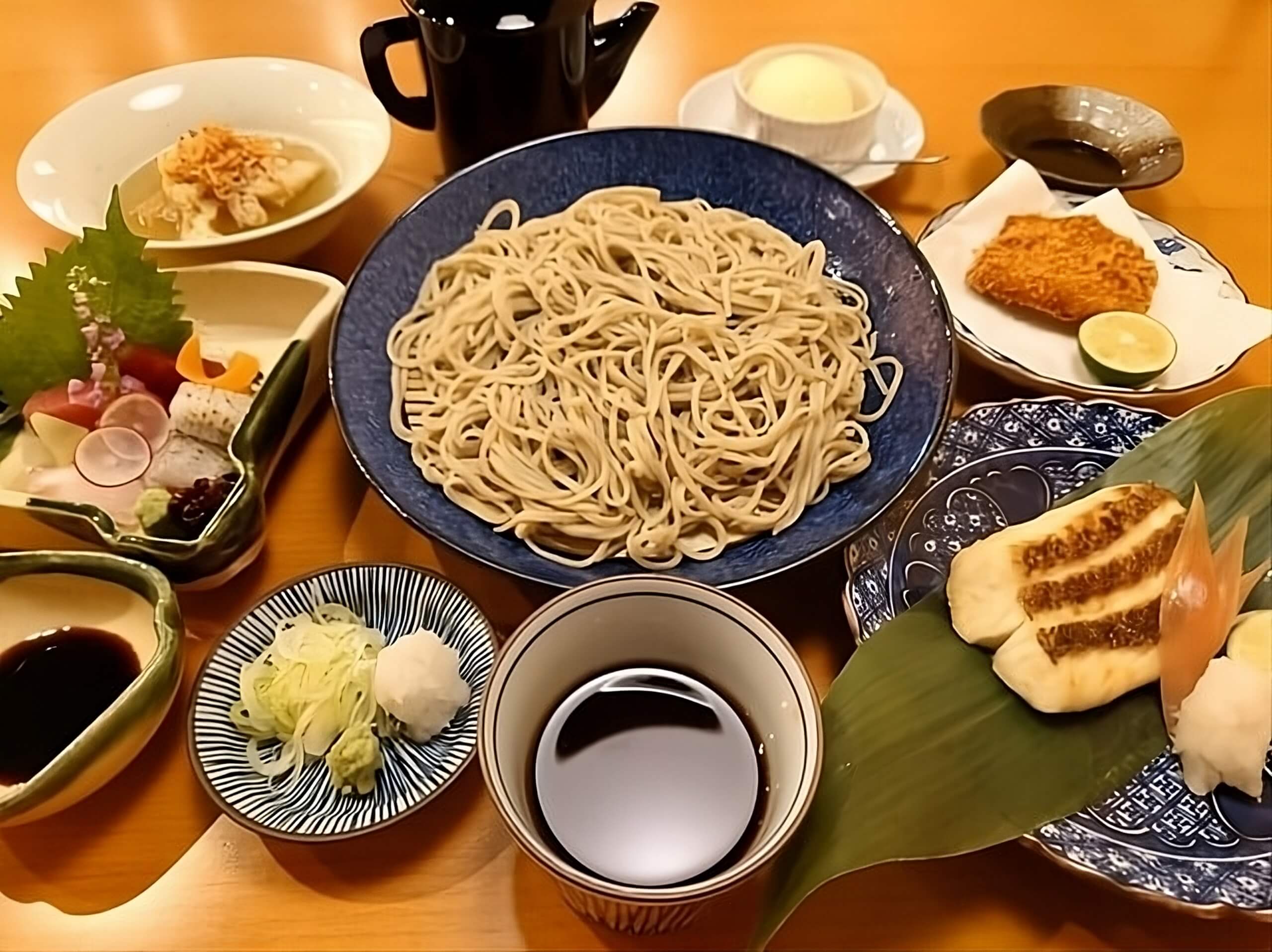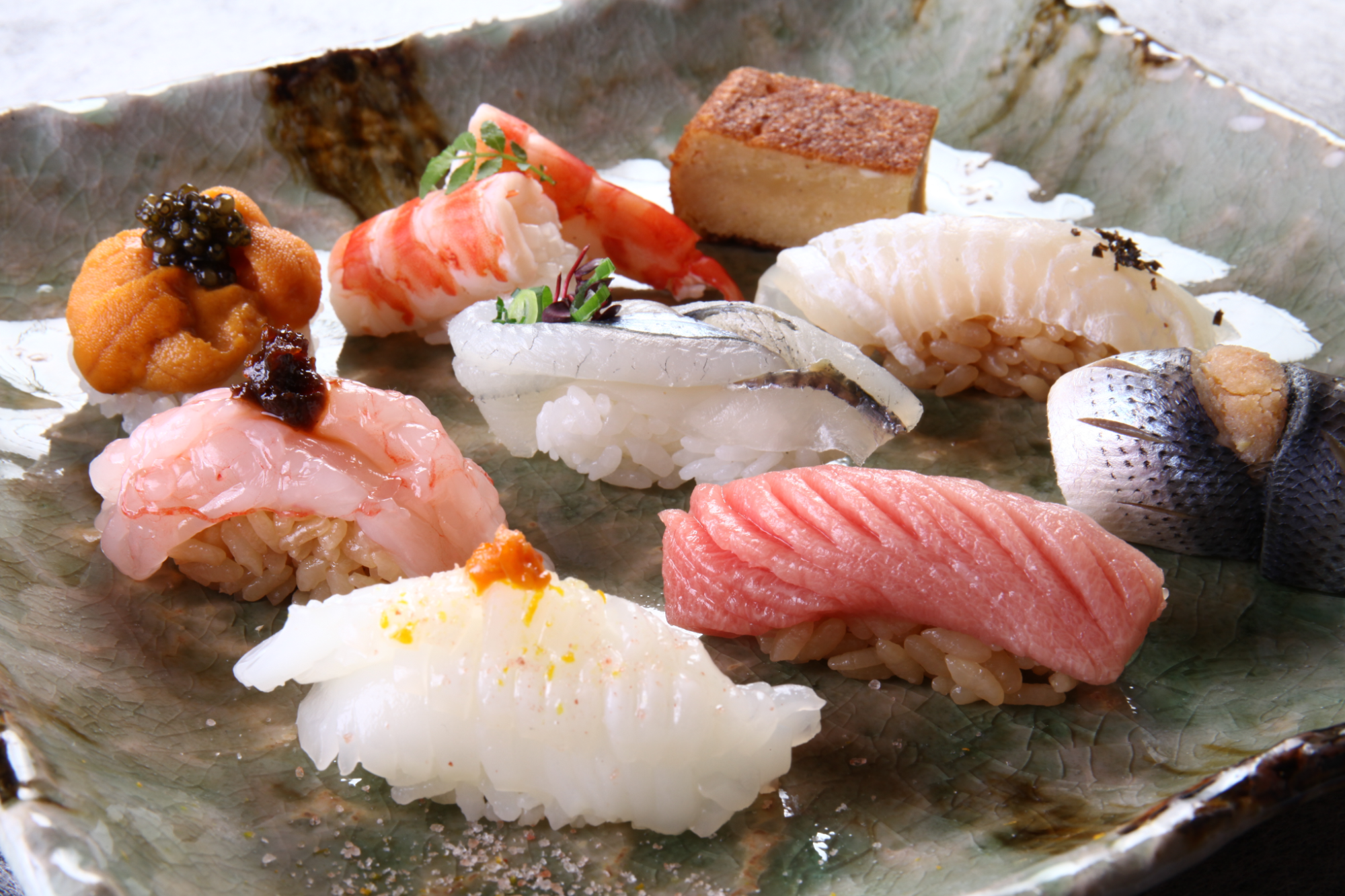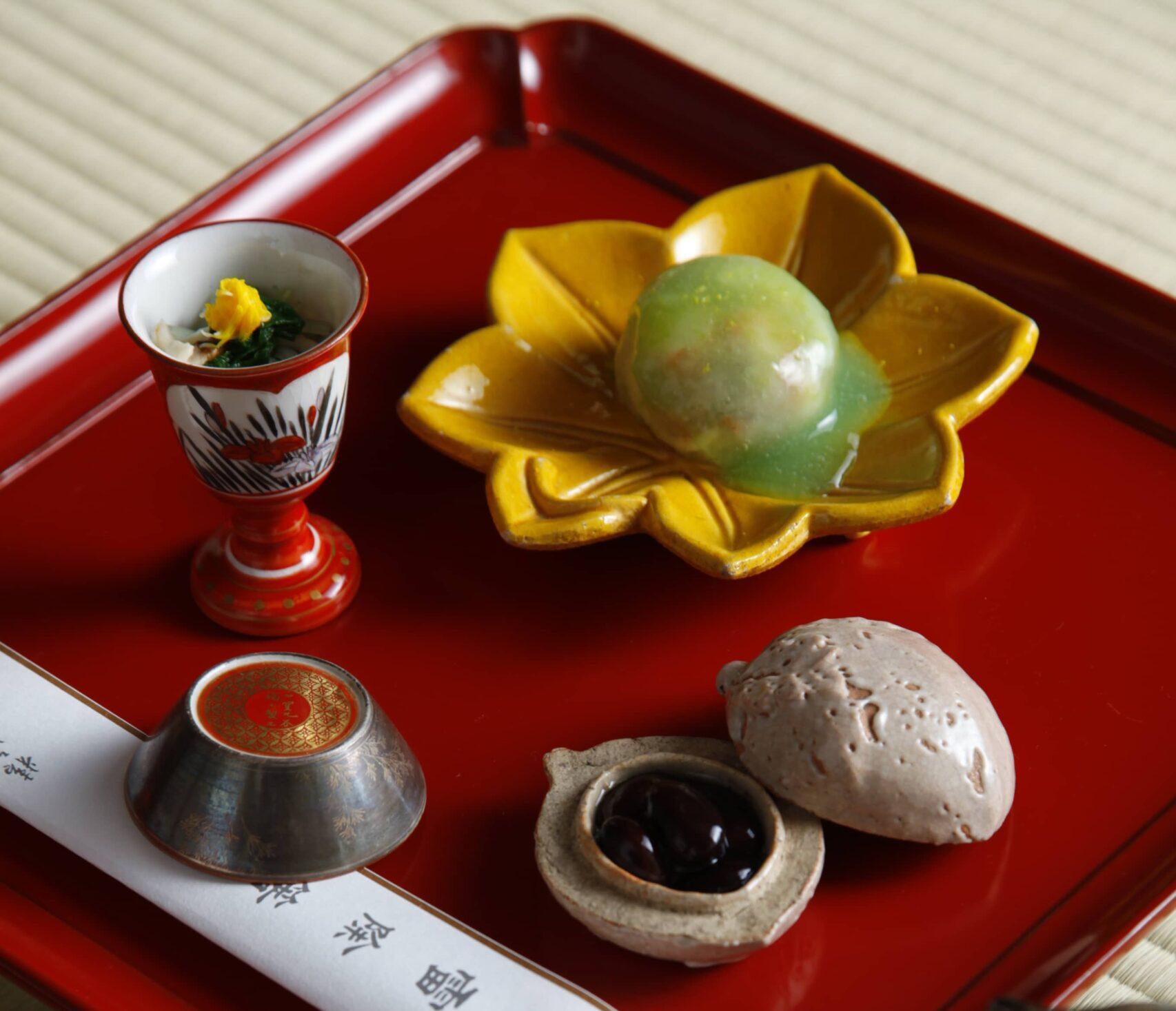It’s never too early or too late to take your dream vacation to Japan. Whatever the season or city, there’s something in Japan for every visitor to enjoy. That’s why this blog post is all about travel tips on what to pack for Japan, and how to plan for a stress-free trip. Learn what to bring to Japan, how to get around, and what to keep in mind while you travel in Japan.
So even if you aren’t fluent in Japanese, don’t stress out about any language barrier. Follow our advice – you’re in good hands with the local staff at MACHIYA INNS & HOTELS who know all about traveling in Japan!
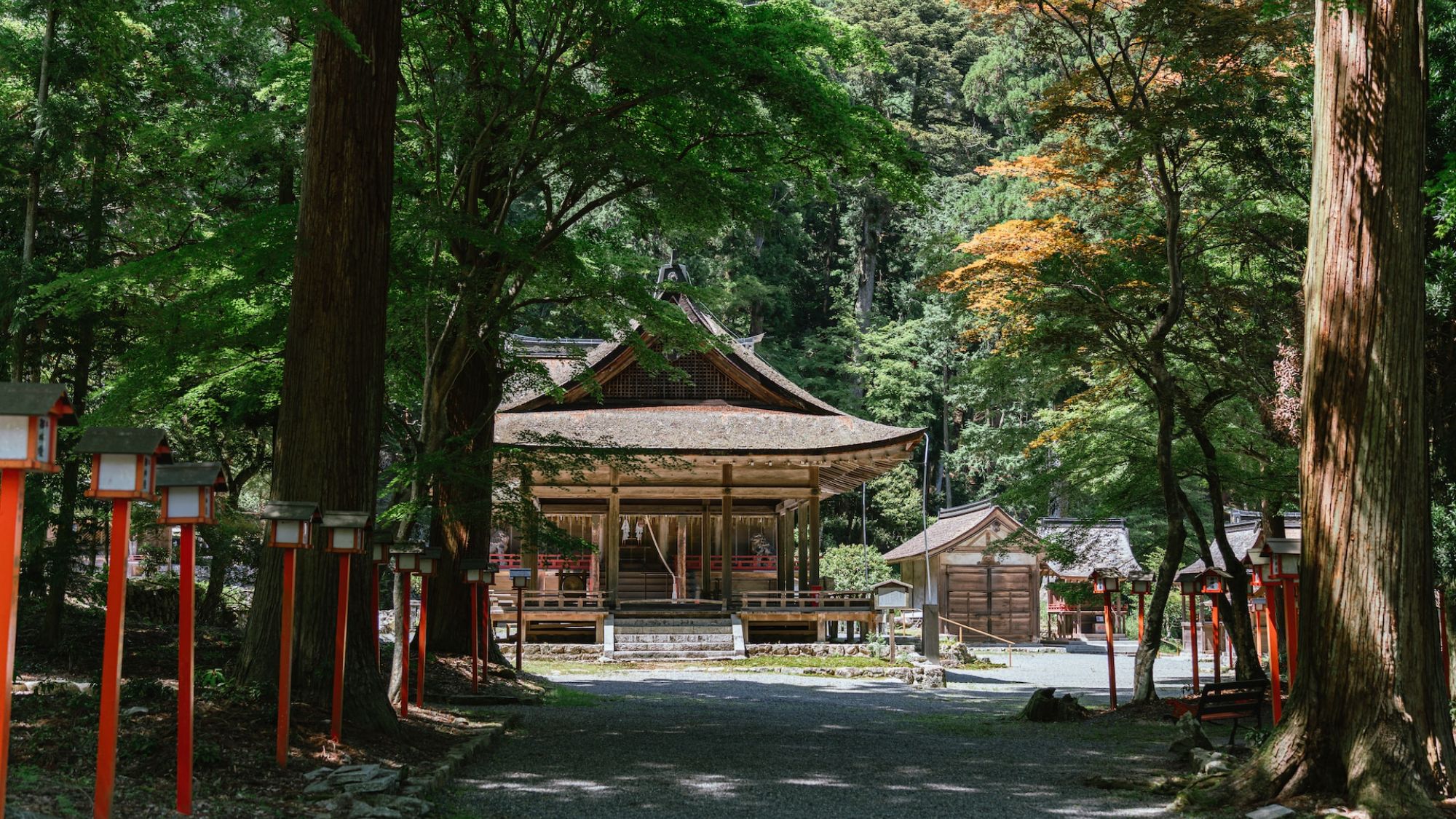
Get ready to travel Japan like a local. These are essential items to bring to Japan or buy when you get here, and keep on hand everywhere you go!
This will be one of the most useful items when you’re in Japan. If we had to choose 1 item from this article, this would be a Japan travel requirement. You can purchase one at most ticketing machines found in train stations throughout Japan. Or, if you are a foreigner landing in Tokyo, you can apply for a Welcome Suica IC Card, no deposit needed, so pick one up when you arrive in Japan.

You can use your IC Card for:
It’s super versatile so you’ll always want to have it on hand! You can top up a physical IC card at most train stations or at the register in a convenience store. Just tell the staff member that you want to charge your IC card! You can also add your IC card to your digital wallet on your phone.
Insider Tip:
Some rural train stations may not have a place to charge IC cards, whether they are physical or digital. For day trips outside major cities, we recommend putting at least 5,000 yen on your IC card before leaving to ensure you have enough money to get there and back. (You can also check travel apps for cost estimates to be sure you’re good-to-go.)
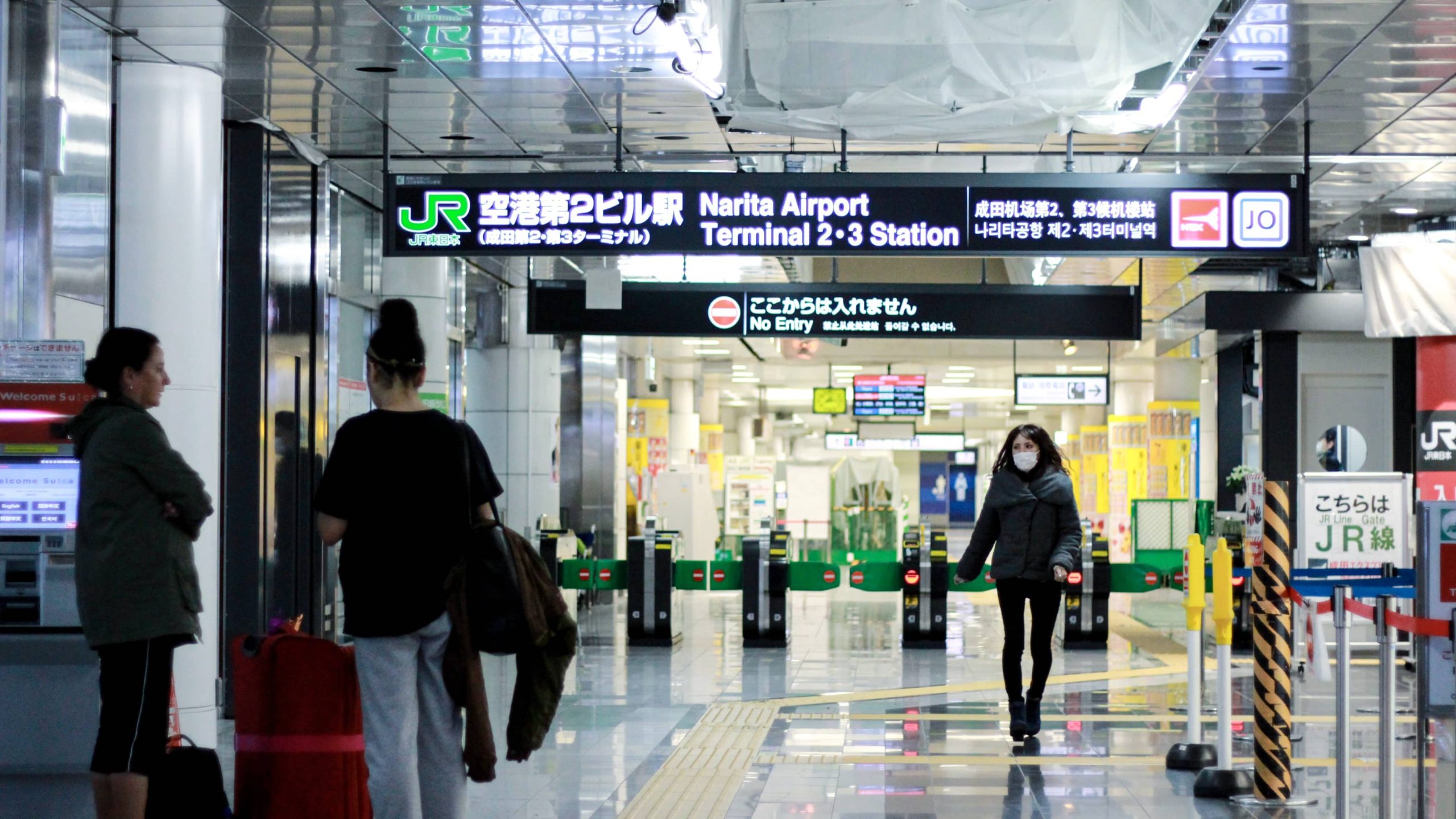
After you’ve finished your travels, you can actually return the IC card and receive your 500 yen deposit back! We recommend doing this at whatever airport you plan on flying out of. You can do this at any machine that indicates it can charge/create an IC card. Or keep it as a souvenir, and bring it back for a future Japan trip!
June 2023 Update: A global semiconductor shortage has resulted in Japan temporarily suspending most sales of IC Cards for locals. The Welcome Suica is still available for visitors at select locations, so be sure to pick one up.
Rent an entire Japanese Holiday House (private vacation rental) in Kyoto city: MACHIYA RESIDENCE INN KYOTO
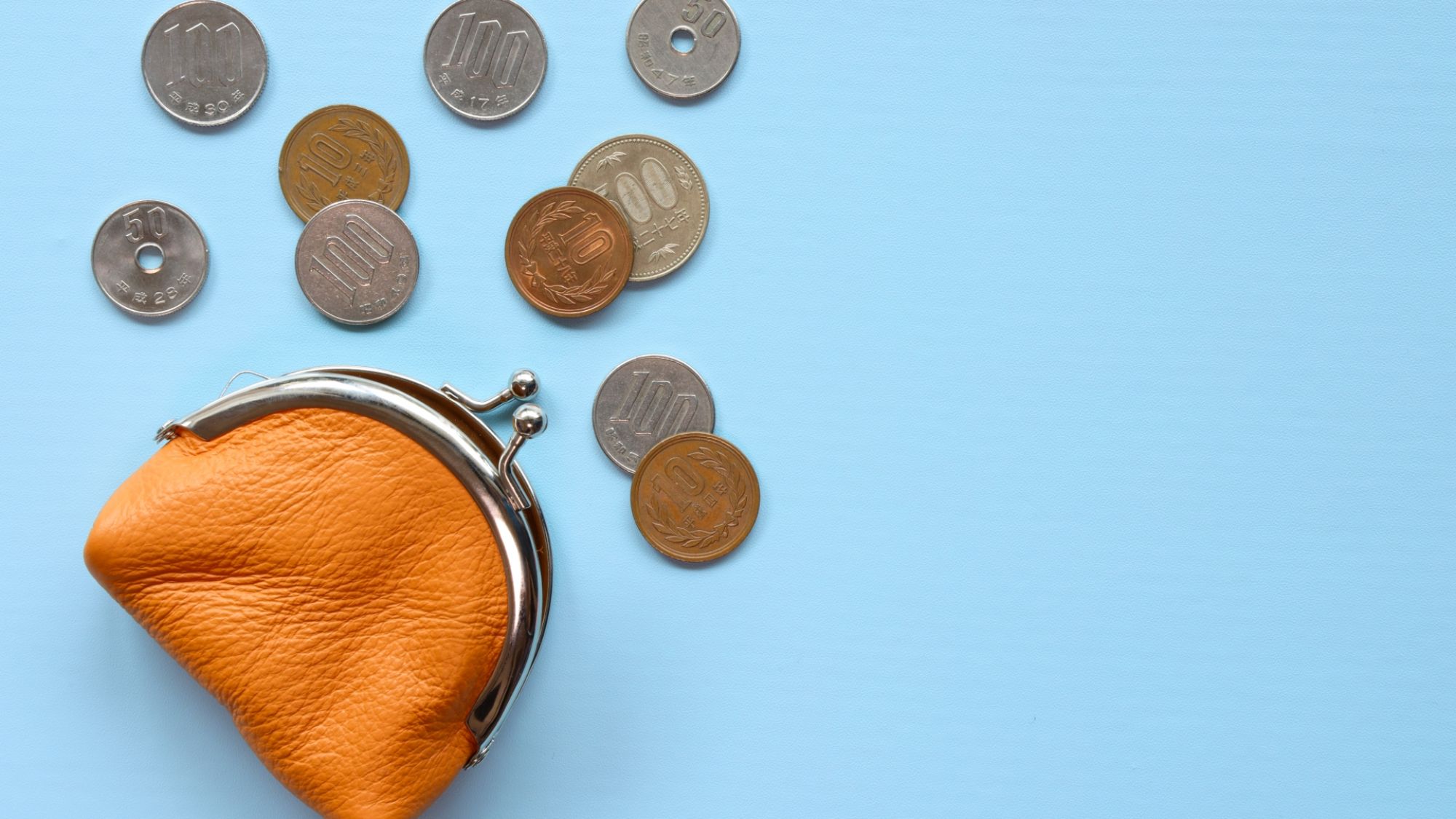
Japan still heavily relies on cash despite the increasing popularity of IC Cards and Payment apps. Some places only accept cash, not cards, so you’ll have lots of coins when you travel. You’ll find that this is especially common in rural areas of Japan, smaller restaurants, etc. Be sure to always ask before hand if credit cards or payment apps are accepted if you are unsure.
For this reason, we highly recommend bringing or buying a small coin purse to pull out whenever you need. Otherwise, you’ll collect hundreds of coins throughout your trip—and it can get heavy!
Most public bathrooms do not have paper towels for you to wipe your hands. Hand dryers are more common now, but most Japanese people carry around a small handkerchief or handkerchief-sized towel.
You can buy them in Japan at 100 yen stores like DAISO, Seria, and Can Do! They have different designs and are useful as well as a good souvenir.
Most places will charge you 2-5 yen for each plastic bag you request. It’s better to bring a small, foldable shopping bag to save money and make things easier – especially if you will be purchasing souvenirs, and local food & snacks throughout your travel!
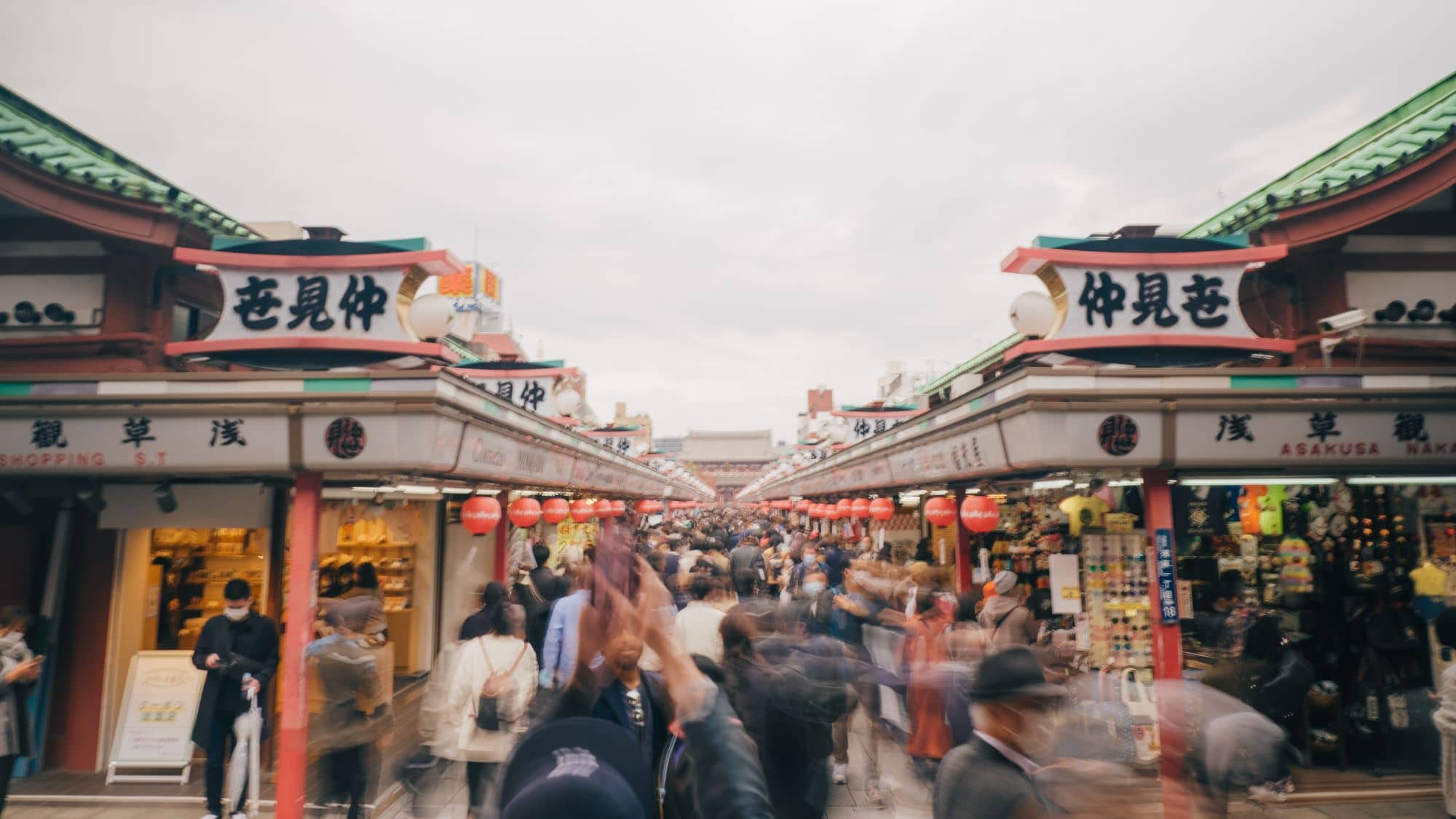
Looking for a Kyoto Hotel near Gion? Stay at THE MACHIYA EBISUYA Hotel, a boutique hotel located in downtown Kyoto, Japan.
Make sure you’ve got these on your phone before stepping onto the plane! They will help you navigate Japan’s trains, buses, and taxis without knowing Japanese, saving you time and reducing stress.
These are the absolute best apps for travel in Japan:

It’ll definitely be helpful for getting from point A to point B! However, Google doesn’t always have the most up-to-date information in regard to trains and bus times. There’s nothing worse than arriving at the station just as the train is pulling away! (Trust us, we’ve been there!)
Pair Google Maps with this next app:
For a trustworthy app that’ll give you the most up-to-date information, download Japan Transit Planner. This app takes into consideration any delays affected by the weather, train maintenance, Japanese holidays, etc.
Insider Tip: Figure out your general travel route on Google Maps, Apple Map app, etc. Then, re-confirm the train information on Japan Transit Planner!
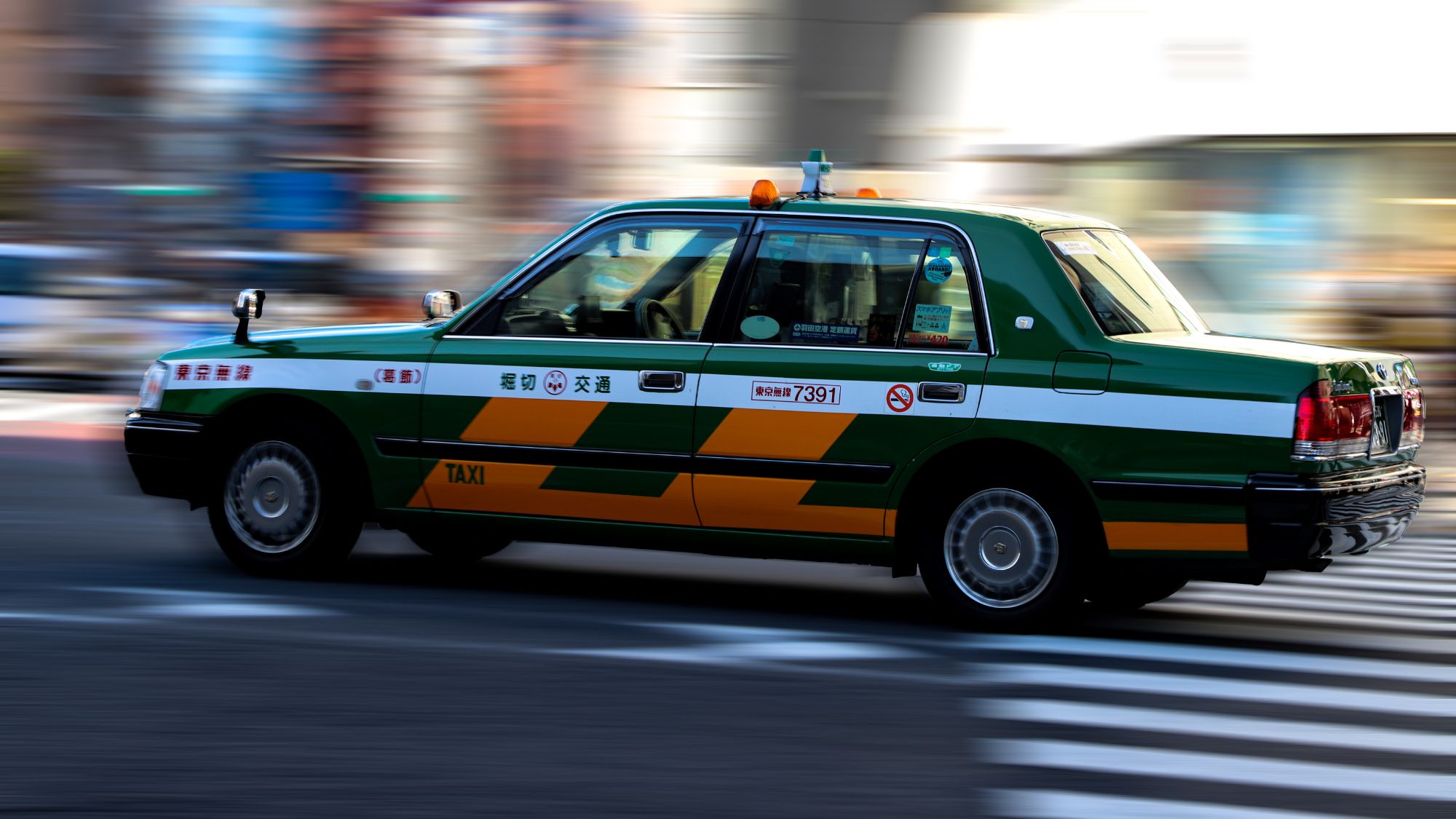
In bigger cities, there will be times when traveling by taxi will be easiest. For example, when traveling with luggage or unintentionally miss the final train or bus returning to your accommodation.
Taxis can be hard to find in the city, especially at certain times of the day. Use a taxi app to guarantee a taxi will pick you up when you need it the most!
There are quite a few apps, but not all are tourist-friendly yet, so we recommend the following:
Probably the most user-friendly, you may already have Uber Taxi downloaded on your phone! Another plus is that the taxi drivers found through the app are from reputable, major taxi companies in Japan.
Uber Taxi is available in many big cities in Japan. Some of these cities include Sapporo, Sendai, Tokyo, Nagoya, Kyoto, Osaka, Hiroshima, Fukuoka, Naha (Okinawa), and others.
This app is Tokyo-specific. However, their network extends through several major areas in Japan. You can book taxis in Kanagawa, Saitama, Chiba, Ibaraki, Miyagi, Aichi, Miyazaki, and Osaka.
Insider Tip:
Find out which areas S.RIDE covers by going to their website. Don’t worry, the website is in English.
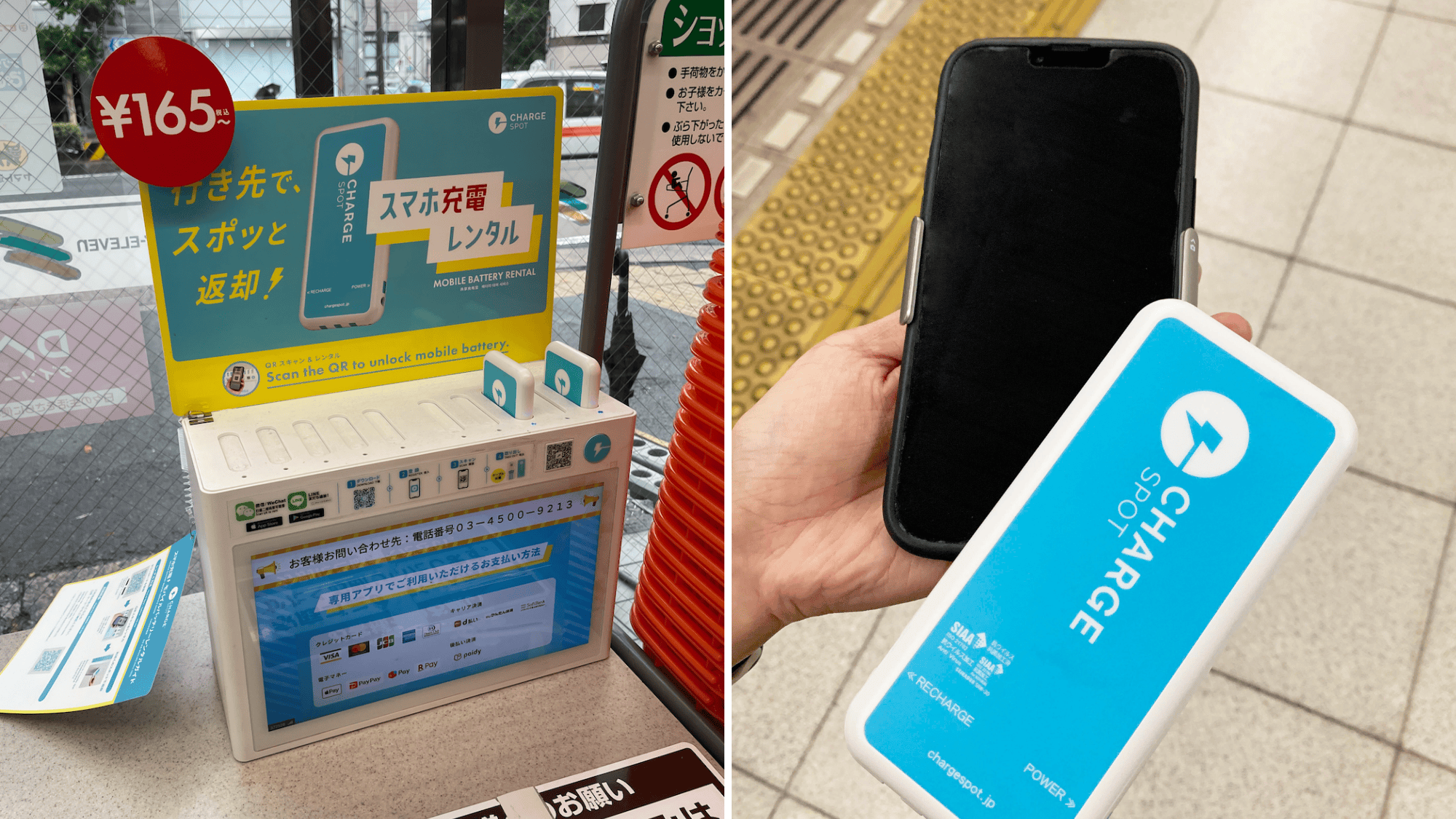
Worried about running out of battery for your phone?
Carry around a charger—many cafes have electrical sockets that you can use, but not all. Here are cafes that you can commonly find throughout Japan that usually have places to charge your electronics:
A must-have! Charge Spot is a portable battery that you can rent and use to charge your smaller devices on the go. They’re available at convenience stores, sometimes at cafes, and also at standalone kiosks at some train stations. There are 3 charging wires attached to it, so you can charge it to different ports: USB-C・iOS・Micro USB.
① Before coming to Japan, download the app and ensure you set up your payment method in advance for a smooth transaction!
② Scan the QR code at a kiosk.
③ Select your payment method.
④ A battery will pop out, and you can start using it!
To return the device, you can simply pop the device back into any Chargespot kiosk or stand – there’s no need to return it back to the original kiosk. You can search for areas where you can return your Chargespot Battery via the app.
Insider Tip: Free Wi-Fi is available at some cafes and malls, but not always! Fortunately, prepaid SIM cards are available through many companies, with affordable plans specifically for travelers.
Make your trip a truly local experience, and go where the locals go. If you're wondering where the locals go to eat when hanging out with family, celebrating with friends, stopping by for an after work drink... look no further.
Machiya Locals Website
